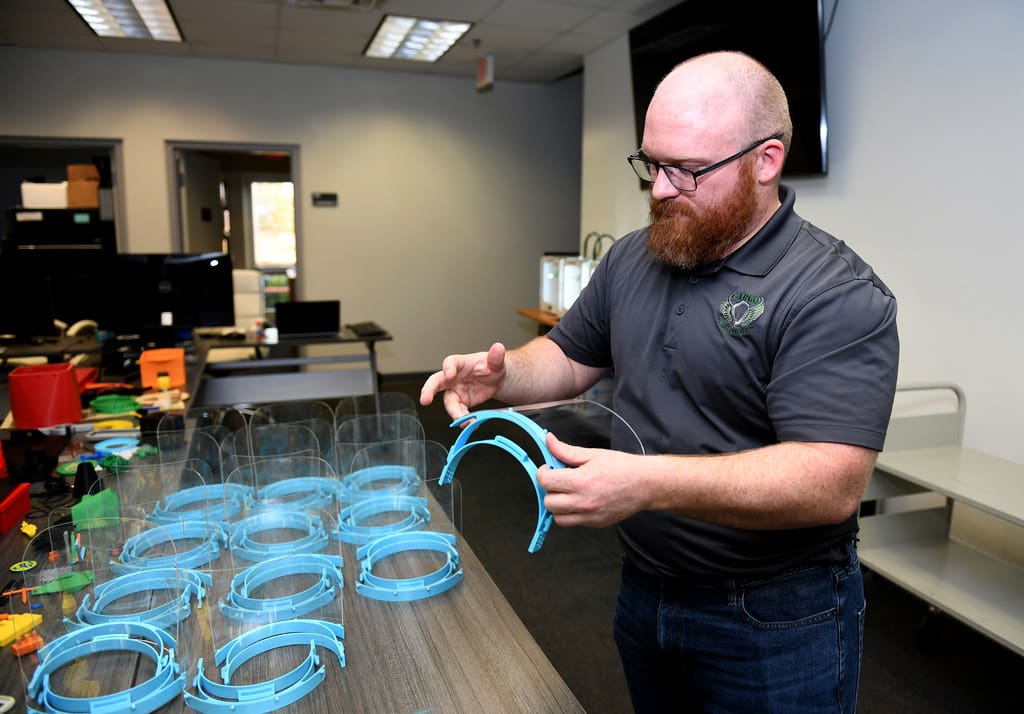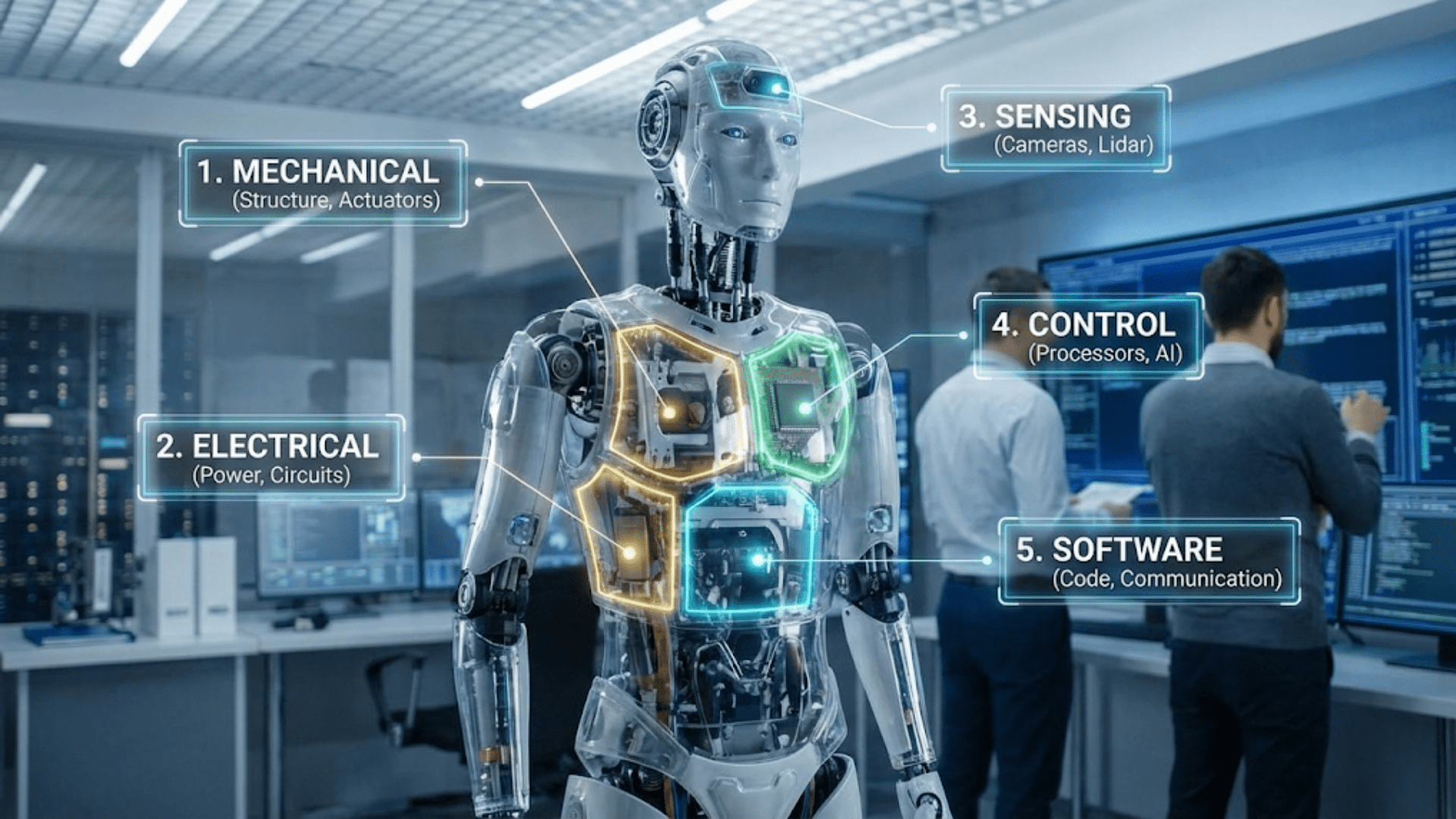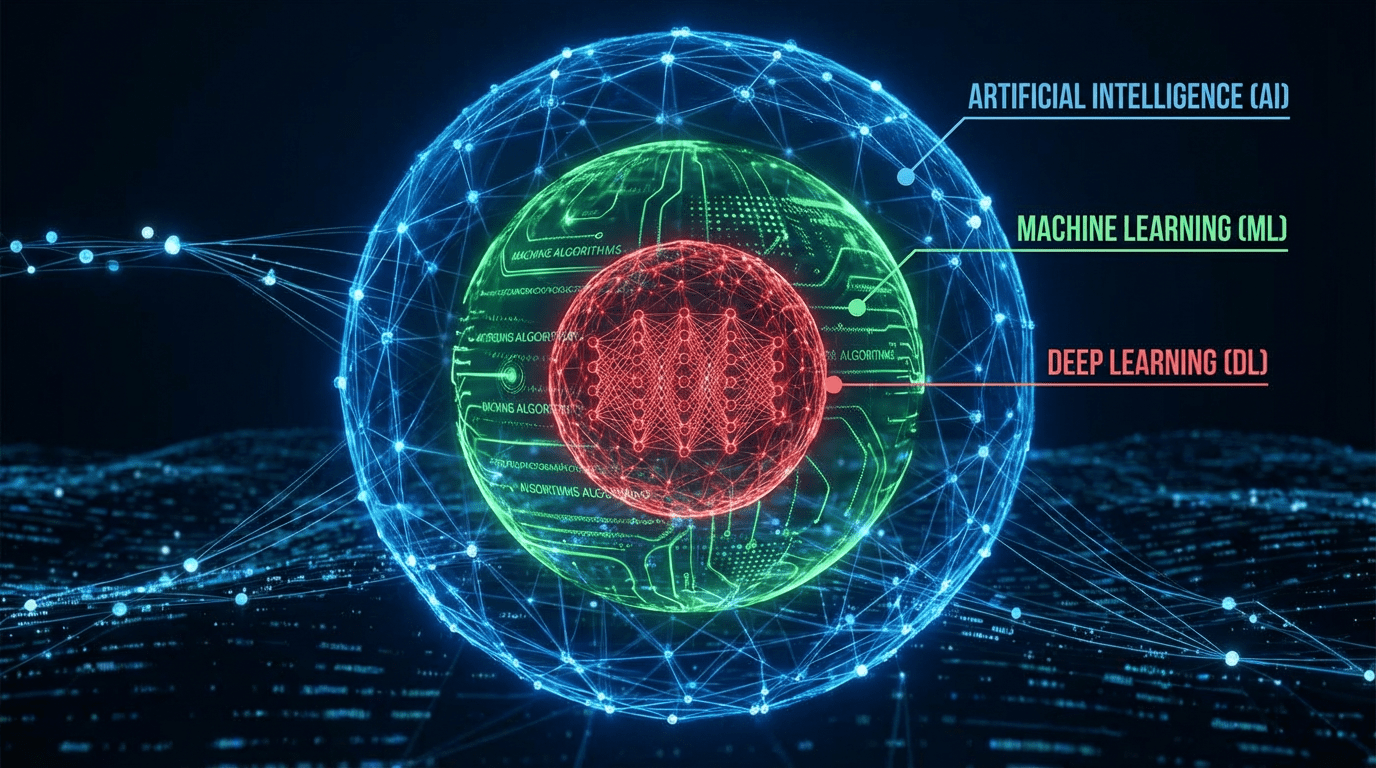Applied engineering integrates knowledge from various engineering disciplines to solve practical problems and enhance productivity in diverse industries, including manufacturing, technology, and construction. As a transformative force in this multifaceted field, 3D printing, or additive manufacturing, is redefining traditional practices by enabling the rapid prototyping, customization, and production of complex components. This technology’s ability to quickly turn innovative ideas into tangible solutions is driving advancements in applied engineering, making it an essential tool for engineers looking to push the boundaries of what’s possible.
The Emergence of 3D Printing in Applied Engineering
Initially used primarily for prototyping in design and manufacturing industries, 3D printing has evolved to encompass the production of functional, durable parts across various sectors. This expansion has been fueled by advancements in 3D printing technologies and materials, allowing engineers to overcome traditional manufacturing limitations. Today, 3D printing is not only about creating models but also about fabricating critical components used in everyday applications, from medical devices to automotive parts.

Advantages of 3D Printing in Applied Engineering
Rapid Prototyping and Innovation: 3D printing allows engineers to prototype quickly and efficiently, drastically reducing the time from concept to creation. This capability accelerates the innovation cycle, enabling more iterative testing and refinement of ideas.
Complex Geometry and Integration: Additive manufacturing excels at producing parts with complex geometries that are often impossible or too costly to achieve with conventional manufacturing techniques. This ability enables the integration of multiple functions into single components, reducing assembly requirements and enhancing overall product performance.
Customization for Specific Applications: 3D printing offers unparalleled customization capabilities, making it ideal for producing bespoke solutions tailored to specific industry needs or customer specifications. This is particularly beneficial in sectors like healthcare, where personalized medical implants or prosthetics are required.
Material Efficiency and Sustainability: By building objects layer by layer, 3D printing minimizes waste compared to traditional subtractive manufacturing processes. This not only helps in reducing material costs but also aligns with sustainability goals by lessening the environmental impact of production.
Key Applications of 3D Printing in Applied Engineering
Custom Tools and Machinery: In industrial settings, 3D printing is used to create unique tools and machine components designed for specific manufacturing tasks, enhancing operational efficiency and safety.
Advanced Medical Devices and Prosthetics: The medical field benefits significantly from 3D printing, which is used to produce everything from bespoke prosthetic limbs to complex, custom-designed surgical instruments.
Automotive and Aerospace Parts: In the automotive and aerospace industries, 3D printing allows for the production of lightweight, aerodynamically optimized components that improve performance and fuel efficiency.
Building and Architectural Models: In construction and architecture, 3D printing facilitates the creation of detailed models for project planning and client presentations, as well as manufacturing components for actual construction, including custom decorative elements or even entire structural units.
Consumer Products: From custom jewelry and fashion accessories to personalized gadgets and home decor, 3D printing is making waves in the consumer products sector by allowing for high levels of customization and complexity.

Challenges in 3D Printing for Applied Engineering
Despite its benefits, several challenges must be addressed to optimize the use of 3D printing in applied engineering:
Material Properties and Performance: Ensuring that 3D-printed materials meet the functional and durability standards required for professional applications is crucial. Ongoing research and development are needed to produce materials that can match or exceed the performance of traditionally manufactured parts.
Scaling and Production Costs: While suitable for prototyping and small-scale production, scaling 3D printing for mass production remains a challenge due to current limitations in speed and cost.
Technical Expertise: Proficiency in 3D printing requires a deep understanding of both the hardware and software involved, as well as knowledge of material science and engineering design principles.
Future Directions in 3D Printing for Applied Engineering
The future of 3D printing in applied engineering looks promising, with continuous advancements expected to expand its capabilities and applications. Innovations in multi-material printing, increased printing speeds, and further integration of AI and machine learning are likely to enhance the precision, efficiency, and accessibility of 3D printing technologies.
3D printing is poised to continue its transformative impact on applied engineering, providing a powerful tool for innovation and customization across industries. As the technology evolves, it promises to redefine traditional manufacturing and engineering processes, enabling more efficient, cost-effective, and tailored solutions that meet the specific needs of today’s complex engineering challenges.








